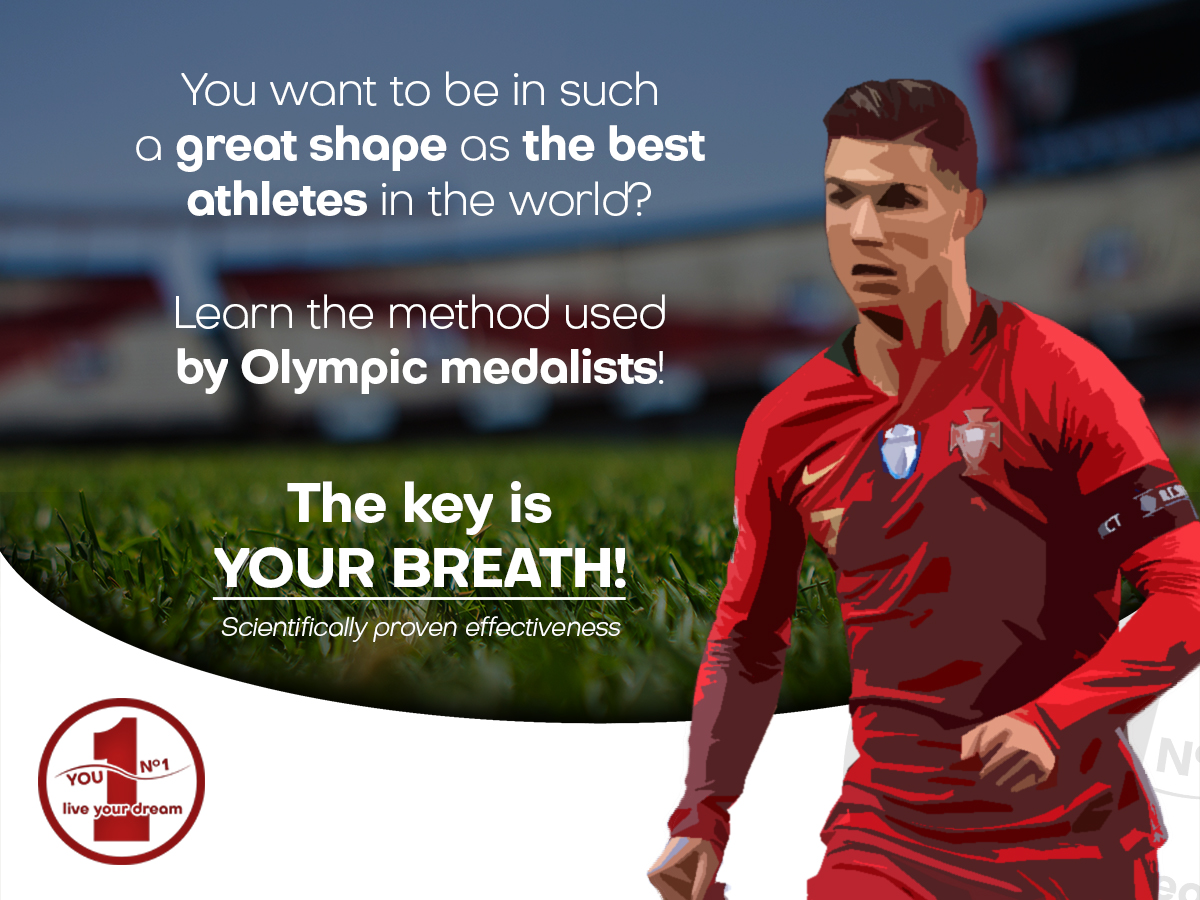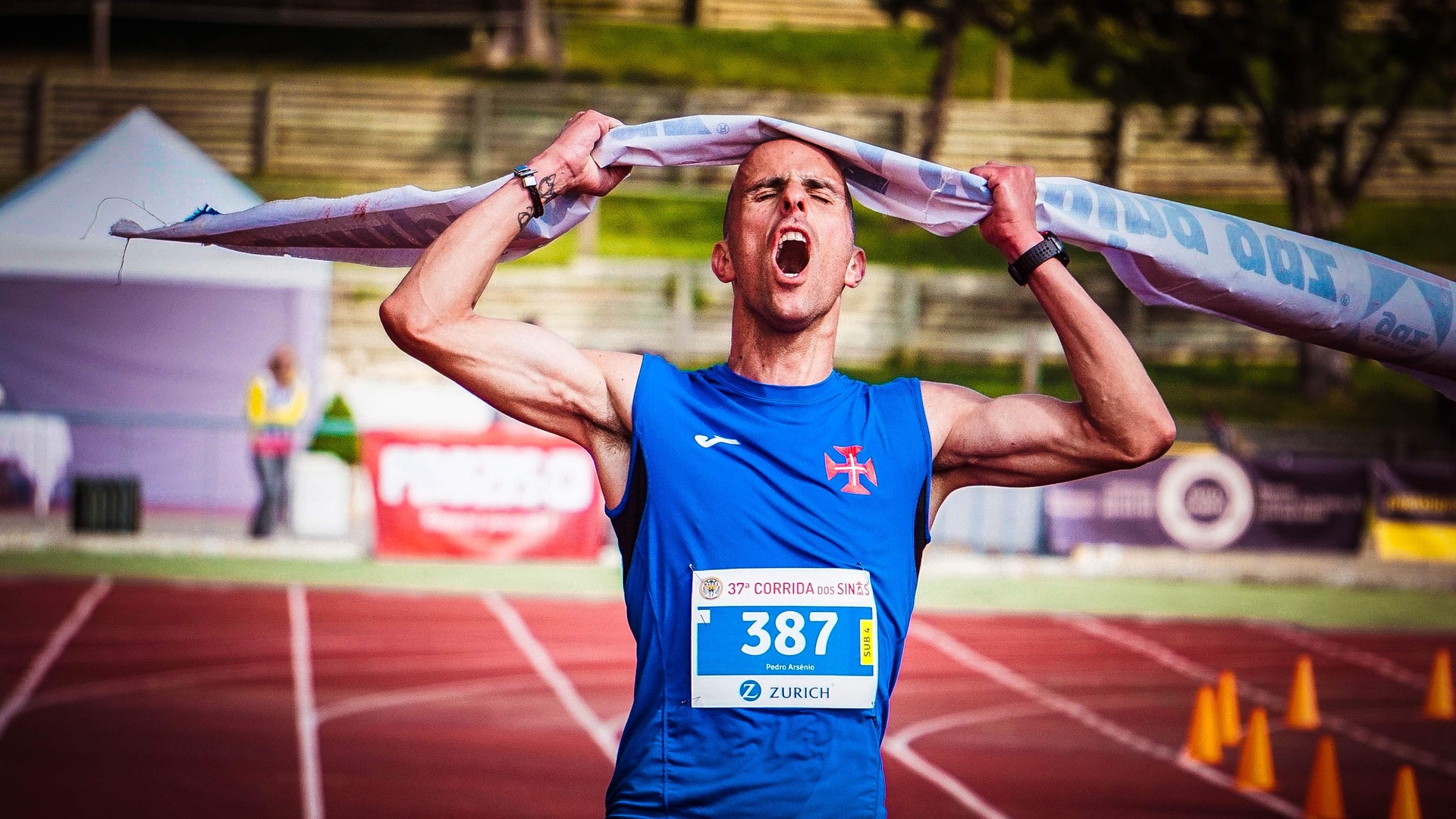Increase your body's efficiency and improve your results in sport

September 11, 2020
If you want to increase your body’s efficiency and improve your results in sport, we have a great and proven method of holding your breath, which Patrick McKeown writes about in his book “Oxygen Advantage.”
Breath holding is a method that was practised thousands of years ago by our ancestors, e. g. while diving to find food they could easily survive underwater for a long time without access to any oxygen equipment. What was once a natural practice has now been scientifically proven.
By adding breath holding exercises to your workouts you will be able to significantly improve your results because they have many benefits:
– you will improve the ability to transport oxygen in the body and thus increase its oxygenation = better form
– you will delay the occurrence of fatigue symptoms
– you will reduce breathlessness
– you will improve the quality of sleep which will give you more energy and you will need it less = more time
– you will increase your concentration which is very important e. g. during matches or learning
– you will be able to maintain your physical fitness at the right level (even after an injury or a longer break from exercises)

Researches have shown that breath holding during exercises has the same effects as high altitud training or high intensity exercise, but such training can be used by more people and does not burden the body as the other two.
All this is to reduce the amount of air in the lungs by holding breath and to trigger the body’s reaction to the increasing level of carbon dioxide, which increases the amount of red blood cells (which are responsible for transporting oxygen to the organs and working muscles) by up to 10% and causes stronger spleen convulsions – an organ that releases more red blood cells at such a time – which results in better oxygenation of the body. The more red blood cells, the more oxygen transported and thus more energy for working muscles.
Momentary lack of oxygen during exercises has a beneficial effect because it strengthens the body’s resistance to various extreme loads. If you get used to it during the exercise, your body will react in an appropriate way later on, and the high level of fatigue during the last minutes of the competition will not cancel out your victory.
Such a simulation of a high altitude training with breath holding can be performed while walking virtually anywhere and should not take more than 15 minutes. Always remember that any breath holding must be preceded by a calm exhalation and during exercise we breathe only through the nose.
How to exercise?
- Start by marching calmly and continuously for a minute, breathing calmly, then gently let the air out and clench your nose with your fingers.
- When you feel a moderate or strong need to take air, let go of your nose and start to breathe normally (for the first 15 seconds it is best to limit yourself to short breaths).
- Continue marching for 30 seconds, then let go of air again and hold your breath as before.
- Repeat the whole exercise 8-10 times.
The same exercise can be done while running or jogging:
- Warm up your body by running for 10/15 minutes.
- After that time, when the body is already warmed up, let the air out and, as with marching, hold your breath until you feel a need (strong or moderate) to take a breath.
- Draw breath and continue to run or jog for a minute, breathing normally.
- When your breath has calmed down, repeat the exercise by holding your breath again (repeat the exercise 8 to 10 times).
The same breath holding exercise can be incorporated into cycling or swimming training. After proper warm-up, let the air out calmly and hold your breath for approx. 5-15 turns of the pedals (everything depends on our capabilities), then return to normal breathing and also repeat the exercise 8-10 times. As far as swimming is concerned, after warming up you should also hold your breath for a few movements, then breathe normally until your breath is normal and repeat the exercise.
Outstanding athletes who use breathing exercises
The evidence of the effectiveness of this method is the Brazilian athlete Joaquim Cruz, who by using breath holding method during his trainings became the Olympic champion in 1984 thereby setting a new Olympic record and also won a bronze medal at the World Championships in 198 and set a Brazilian record for 800 meters.
Another great example is Mary Decker, an American athlete and gold medallist from 1983. She has set many world records in running at 1500 and 3000 meters, including 6 in one year!
It is also worth mentioning that the runner Emil Zátopek, who was a four-time Olympic gold medalist, 18-time world record holder and three-time European champion, who is considered to be one of the best athletes of all time, also used the method of holding his breath in his trainings, which as you can see brought great results.
Scientific researches and the best athletes confirm the fact that reducing the amount of oxygen leads to beneficial changes in the body, which in turn brings better results.
*YouNr1 team is not responsible for any negative effects on the health of people taking up breathing exercises. We recommend caution, gradual increase in intensity, and for chronically ill people consulting a doctor before starting to exercise.